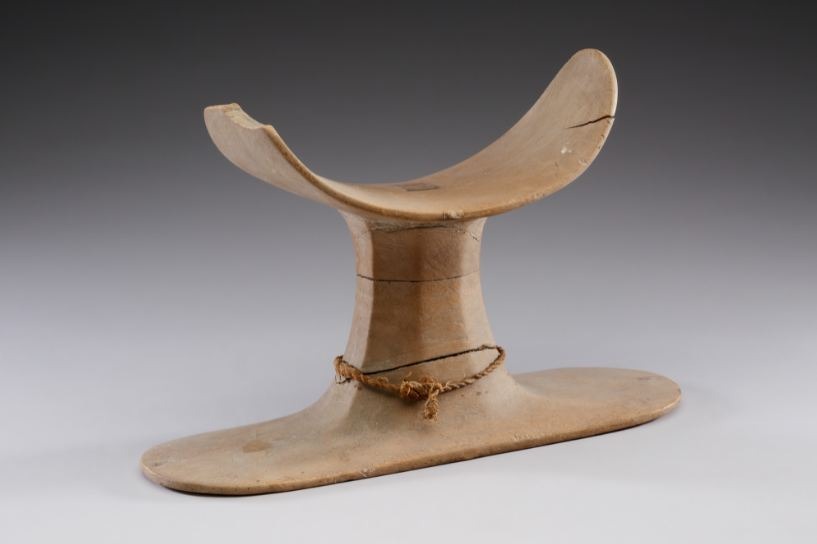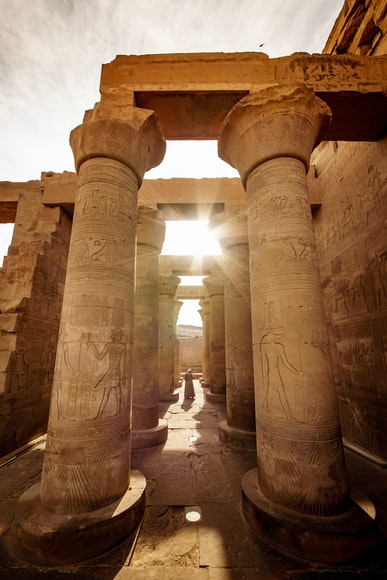Sleep is a vital part of optimal human health. It allows the mind and body to recharge, providing you with renewed energy and alertness when you wake up. Proper sleep also helps the body to recuperate from all the physical exertion, keeping it healthy and enabling it to fight off diseases. Yet, while sleep is an important constant in human life, it’s actually a diverse practice. How people sleep varies vastly from social classes to cultures and countries today, but more notably in the past.
Among the most fascinating ancient ways to sleep came from the Egyptians, who also had one of the greatest and most dominant civilizations in history. If you’re curious, never doze off and get going below. In this post, we’ll discover how the early Egyptians slept, proving how “sleep” was incredibly distinct in ancient times.
Sleep in Ancient Egypt
Prior to the invention of the bed in any form, early humans basically just lie down on the firm ground to rest or sleep. Later on, they have found out that that dirt and rock weren’t actually the best option and it was comfier to have some sort of cushion to support their back.
The world’s oldest known bed was found in southern Africa, dating 77,000 years ago. It was a sleeping mat about 12 inches thick, made of plant materials. They would occasionally burn them, to ward off insects and pests.
Known for their ingenuity and advanced technologies and creation during their time, Egyptians started using raised red by 3000 B.C., resembling the modern bedframe we have today. With that, they were able to skip sleeping on the cold, hard ground and veer away from insects, rodents, and snakes.
Early Egyptian beds were made of wood, and came in rectangular frames often with legs taking the shape of an animal’s feet. Commoners’ beds were created from plain wood, but wealthy people, of course, had their beds adorned with jewels, gold, and ebony. Like other peasants much throughout history, the poorest ones continued sleeping on the floor with mats made of plain reeds.
Those who had the luxury had their bed’s sleeper made of woven reed or leather strings. It was then topped with a mattress, typically cloth bags or sacks, filled with wool, hay, grass, or straw, pretty scratchy than the comfortable and softer mattress we enjoy nowadays.
Another thing is that rather than pillows, early Egyptians utilized crescent-shaped headrests. Poorer people used ones made of stone or clay. Meanwhile, those on higher status had ones created from fine glass, woods, or alabasters, even embellished with beautiful hieroglyphs.
Meanwhile, the method of using damp sheets during hot nights was said to have also originated in Egypt. As evening temperatures in ancient Egypt shot up, they soaked their blankets to water, wringing them dry until they’re just moistened and not dripping. They take these damp sheets to bed to keep themselves cool and get a restful sleep, especially during the long Egyptian summers.
Takeaway
True indeed, the sleeping ways of the ancient Egyptians are notable, even influencing some of the sleep concepts we have today. Learning these stories not only helps us have a glimpse of the past, but also value how it contributed to the evolution of sleep, and how more comfortably we do it today.



